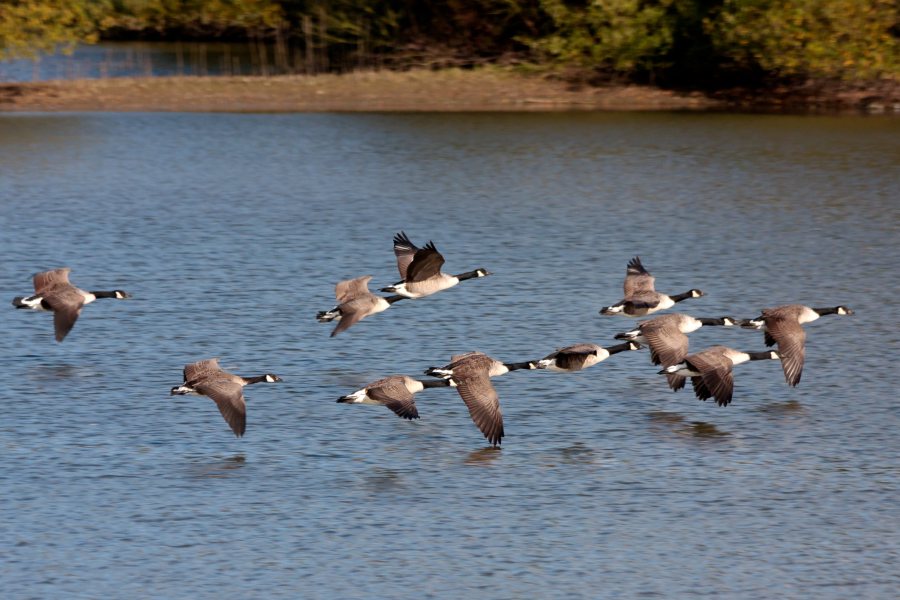
The government has reduced the avian influenza risk in wild birds from high to medium, but poultry keepers have been told to remain vigilant for signs of disease.
Defra's downgrading follows a reduction in the number of findings of highly pathogenic avian influenza (HPAI) in wild birds.
The risk has been reduced from high, 'event occurs very often', to medium, 'event occurs regularly'. The risk remains low for poultry.
However, Defra said risk levels for both wild birds and poultry would be continually reviewed and may increase again as autumn migration continues.
The last two years have been some of the most challenging on record for the UK's wild bird populations.
During the current outbreak, which started in October 2021, over 1,500 wild birds have returned positive results from over 360 locations and 61 different species.
A Defra spokesperson said: "While the risk in wild birds has reduced the virus is still circulating in wild birds in Great Britain and all bird keepers should remain vigilant for signs of disease.
"Practicing good biosecurity at all times protects the health and welfare of your birds and for commercial keepers will help protect your business from HPAI and other diseases."
Defra Biosecurity Minister Lord Benyon said recently that the UK's wild bird populations faced 'exceptional pressures' from avian influenza.
"I very much share concerns about the impact avian influenza is likely to have on breeding populations of wild birds in the future, particularly those that nest in large numbers.
“We are funding a world leading science programme to try and better understand how avian influenza is spreading in wild birds and today’s guidance will help land managers manage some of the issues we are facing."
The government recently launched a new interactive map of reported wild bird mortality and findings of bird flu in wild birds and wild mammals.
It also unveiled a new interactive dashboard allowing users to explore findings from the Animal and Plant Health Agency’s (APHA) surveillance programme.
